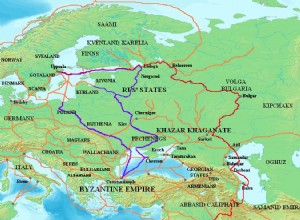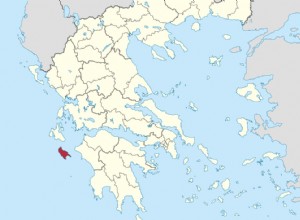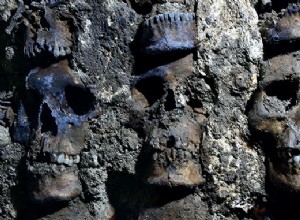The Caspian Sea is a large saltwater lake -the largest in the world- of 371,000 square kilometers and an average depth of 170 meters, which is fed by several rivers, the most important of which is the Volga. All this gives it a strategic situation, acting as a common natural border between Russia, A




